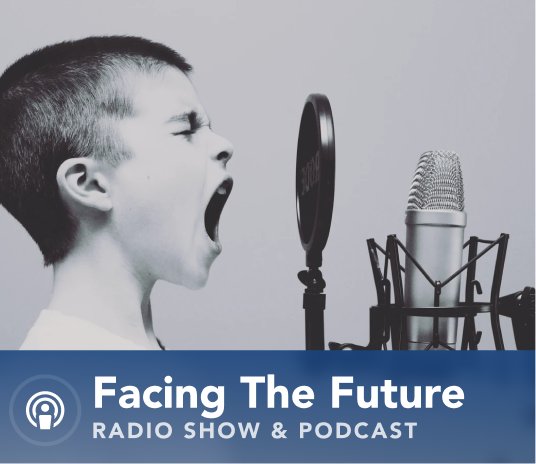This week on Facing the Future, we focused on the Federal Reserve Board’s decision to lower interest rates for the first time since March 2020. That move was expected but the half-percentage point reduction (50 basis points) was larger than many Fed watchers expected. Our guest to discuss the implications of the Fed’s decision was Robert Carroll, Co-leader of EY’s Quantitative Economics and Statistics (QUEST) group. Concord Coalition chief economist Steve Robinson joined the conversation.
Carroll was among those who were surprised by the size of the rate cut, but he noted that in the days leading up to the meeting there had been a shift in market expectations away from a 25 basis point cut and toward a cut of 50 basis points.
“I think what happened,” he said, “is that the markets absorbed the ramp-down in the inflation rate we’ve seen beginning in May and continuing in June, July, and August. Prices are still increasing but at a lower rate closer to the Federal Reserve’s 2 percent target. Then, at the same time, the unemployment rate has ramped up from the 3.4 to 3.5 percent we saw a year ago to the 4.2, 4.3 percent we’ve seen. Job gains have come down quite a lot over the last few months. So, inflation has come down to a glide path to the Fed’s 2 percent target, and now there are some concerns over cooling of the labor markets.”
Given the continued positive news on inflation and the modest slowing of the labor markets, Carroll observed that, “if the Fed hadn’t lowered interest rates by 50 basis points in September, it was more likely than not that they would have done so at their next meeting in November. It was a question of do they do it now, or do they do it then? And they chose to do it now to bring monetary policy back toward a more neutral position. Remember, they have these twin mandates: stable prices and full employment. They’re kind of nicely in both spots.”
Despite the relatively positive news, Carroll said it would be “tempting the fates to say they’ve achieved the soft landing already. I don’t think they would say that. In the statement that accompanied the interest rate reduction, they indicated that inflation remains elevated but is on a path to a sustainable level, and that labor markets are moving toward better balance, or in better balance, so they wouldn’t necessarily say we’re there. But they think we’re on the path to getting there relatively soon, and since the changes in monetary policy generally don’t have an immediate effect – they have an effect on the broader economy going out 6 to 18 months – now is the time. They anticipate a trajectory for the inflation rate continuing to come down and they don’t want to see over-cooling in labor markets, so that now is the time to pivot to a more neutral monetary policy.”
Looking ahead, Carroll noted that the Fed anticipates “the target interest rate coming down, probably by another 50 basis points between now and the end of the year. They have two meetings, November and December, so based on their projections think 25 basis points in November, perhaps 25 basis points in December. The markets are a little mixed on what’s going to happen in November. The path is important, but it’s probably more important where they are going. What is the endpoint? And the endpoint is probably a total 200 to 250 basis point reduction in the target interest rate between last week and 12 months from now.”
Hear more on Facing the Future. Concord Coalition Executive Director Bob Bixby hosts the program each week on WKXL in Concord N.H., and it is also available via podcast. Join us as The Concord Coalition team discusses issues relating to national fiscal policy with budget experts, industry leaders, and elected officials. Past broadcasts are available here. You can subscribe to the podcast on Spotify, Pandora, iTunes, Google Podcasts, Stitcher, or with an RSS feed. Follow Facing the Future on Facebook, and watch videos from past episodes on The Concord Coalition YouTube channel.





